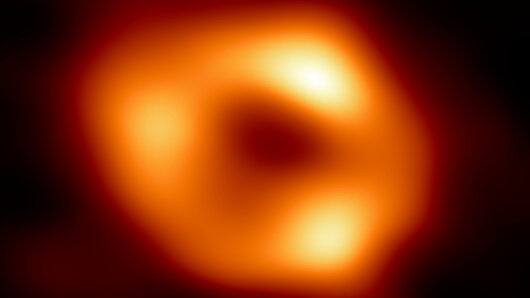High-Performance Computing Center Stuttgart

Rezzolla and his team members used the GCS supercomputing resources to perform "simulations solving the equations of general-relativistic magnetohydrodynamics (MHD) and of radiative transfer," Dr. Rezzolla explains in an article just published on the GCS website. These images could then be compared with observational data produced by some of the world's leading astronomical observation facilities.
The Rezzolla team's contribution involved running simulations on HLRS's Hawk supercomputer. In the article, he credits Hawk and the growing power of GCS's supercomputing infrastructure more generally for enabling his team to run more models than was possible in the past, ultimately resulting in faster analysis.
The new announcement follows previous work also done, in part, at HLRS to produce the first ever image of a black hole in 2019.
Read the complete article at the Gauss Centre for Supercomputing.
— Christopher Williams